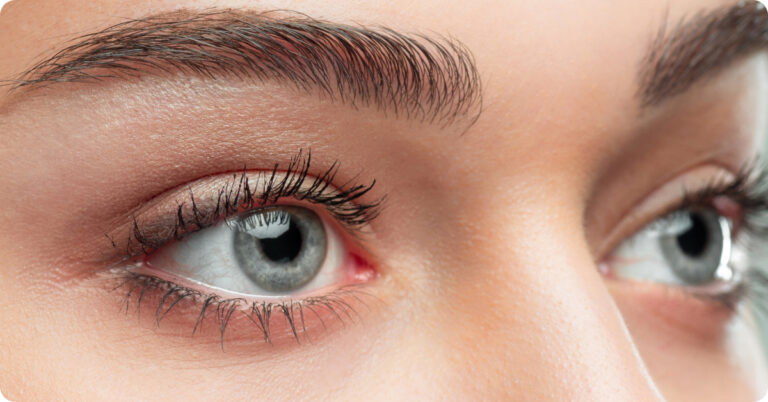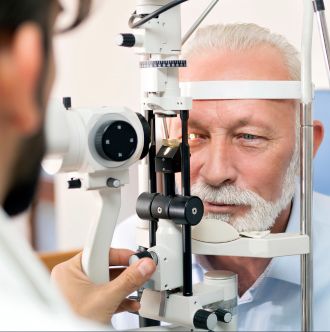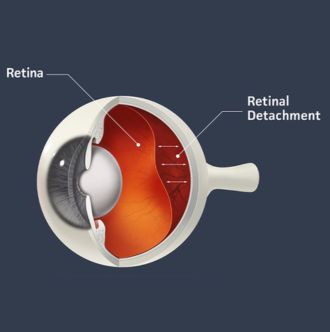Pristene® InSight™
Learn all about vision and the best ways to support your eye health.
Enter your email to receive the latest ophthalmologist-approved
Pristene InSight articles, tips and information to help support your vision.
Recent Posts

Why Quality and Clinical Research Matters in Your Supplements
Look for Science-Backed Supplement Formulations Not all supplements are created equal. While some may look similar on the surface, the difference often comes down to ingredient quality, potency, and absorption. At Pristene, we believe in science-backed supplement formulations that work harmoniously with your body to deliver tangible benefits. Here’s what sets our approach apart: Thoughtful…
Redefining Eye Health with Innovation, Science, and Care
Vision is one of our most precious gifts, yet it is often taken for granted until it begins to fade. Dr. Rama Jager, a renowned retinal surgeon and founder of Pristene (formerly Eye Check), recognized this and set out to revolutionize eye health. Combining his expertise as an ophthalmologist with a passion for improving visual…

The 7 Best Natural Ingredients To Fight Glaucoma
Several studies have shown that a healthy diet, rich in fruits and vegetables with high antioxidants, is linked to reduced risk for glaucoma, especially in older adults that are already at an increased risk for developing glaucoma. What Is Glaucoma? Glaucoma is a disorder that causes damage to important structures within the eye, primarily the…

What is Age-Related Macular Degeneration (AMD)?
This article is for informational purposes only and does not diagnose any conditions Age-related macular degeneration (AMD) is one of the leading causes of irreversible blindness in the world. Although it currently has no cure, there are multiple things that a person can do to help prevent and treat this condition. Age-related macular degeneration (AMD)…

Retinal Detachment: Vital Info On the Journey to Vision Preservation
A retinal detachment occurs when the retina, a thin layer of light-sensitive tissue at the back of the eye, separates from its normal position. This separation disrupts the retina's ability to send visual signals to the brain, leading to vision loss that can become permanent if not treated promptly. The condition requires immediate medical attention,…
Most Read
The 7 Best Natural Ingredients To Fight Glaucoma
Several studies have shown that a healthy diet, rich in fruits and vegetables with high antioxidants, is linked to reduced risk for glaucoma, especially in older adults that are already at an increased risk for developing glaucoma. What Is Glaucoma? Glaucoma is a disorder that causes damage to important structures within the eye, primarily the…
ReadRedefining Eye Health with Innovation, Science, and Care
Vision is one of our most precious gifts, yet it is often taken for granted until it begins to fade. Dr. Rama Jager, a renowned retinal surgeon and founder of Pristene (formerly Eye Check), recognized this and set out to revolutionize eye health. Combining his expertise as an ophthalmologist with a passion for improving visual…
ReadRetinal Detachment: Vital Info On the Journey to Vision Preservation
A retinal detachment occurs when the retina, a thin layer of light-sensitive tissue at the back of the eye, separates from its normal position. This separation disrupts the retina's ability to send visual signals to the brain, leading to vision loss that can become permanent if not treated promptly. The condition requires immediate medical attention,…
ReadAn Easy Guide To Vitamin C and Macular Health
The following article will talk about Vitamin C, how Vitamin C is beneficial for Eye Health, possible risks of not having enough Vitamin C in regards to overall health, and also food and supplements that contain Vitamin C.
ReadEssentials of Glaucoma Treatments To Help Reduce Eye Pressure
Although glaucoma cannot be cured, there are treatments available that can effectively manage the condition. Glaucoma treatments are focused on reducing the pressure within the eye (intraocular pressure – IOP) and maintaining a pressure that will reduce the likelihood of further damage to the optic nerve and loss of vision. Often, the vision loss from…
Read